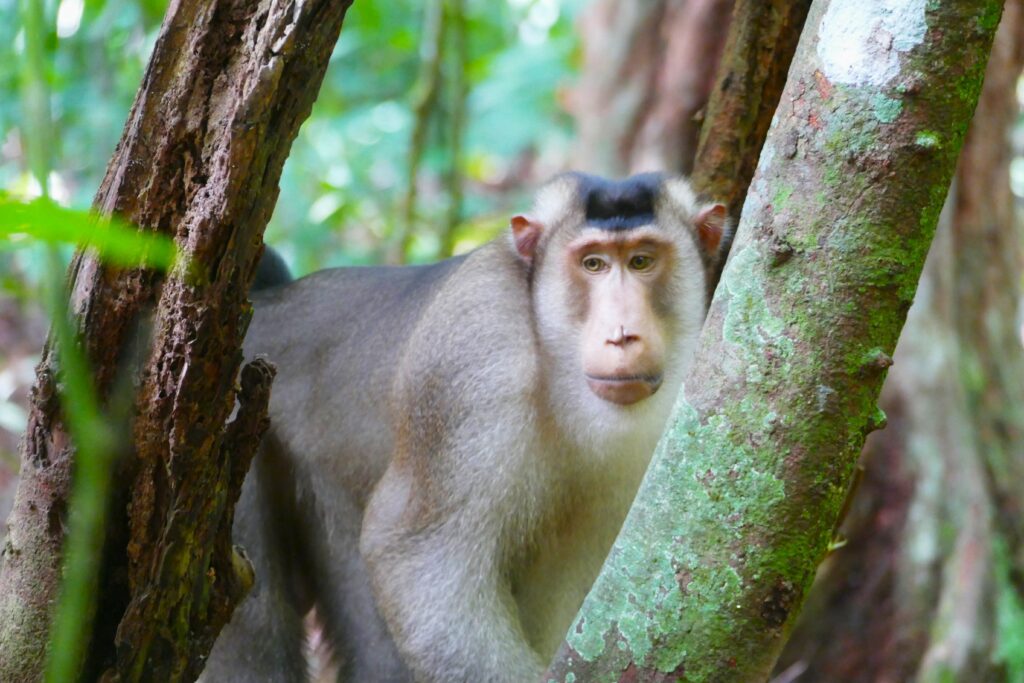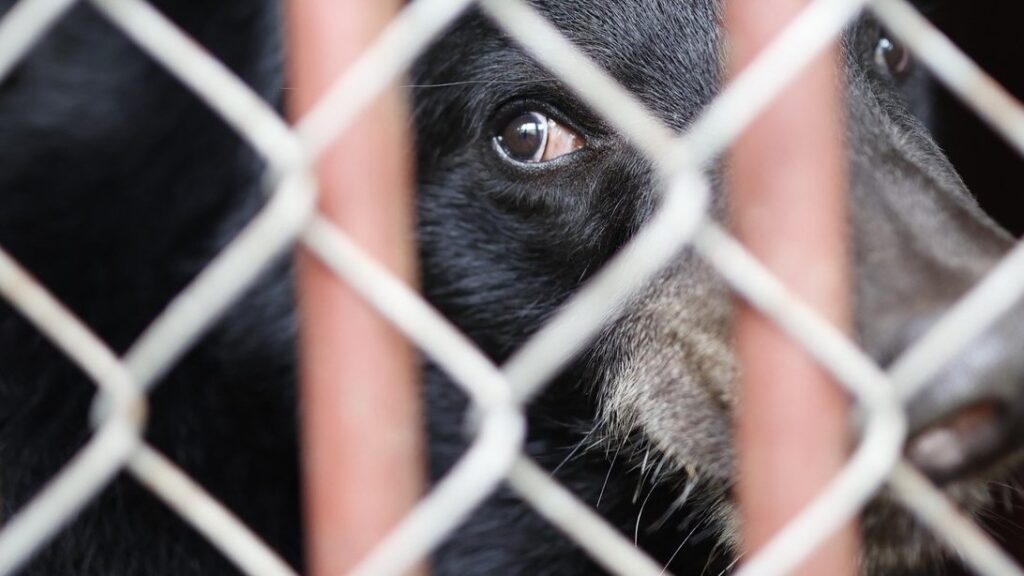Every Singaporean can be a naturalist
Where is the line between urban greening and nature conservation?
How does the Nature Society, Singapore lead the charge in a citizen-based green revolution?
Join us on a journey through Sungei Buloh, and explore how grassroots initiatives are reshaping the city-state’s landscape. From protecting mangroves to advocating for sustainable development, learn how active citizen engagement is key to preserving Singapore’s natural heritage!
Every Singaporean can be a naturalist Read More »










